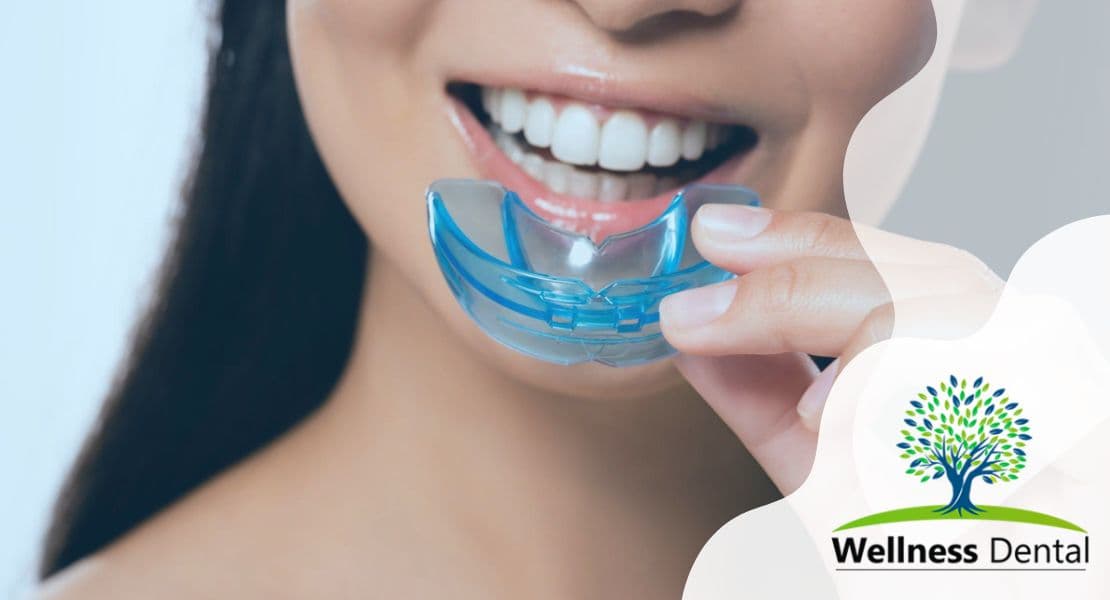Imagine biting into your favorite treat and feeling an unexpected twinge in your tooth—the sign that you might need a filling, or perhaps an old one needs attention. Dental fillings are common procedures for restoring teeth damaged by decay, but they don’t last forever. Understanding the longevity of dental fillings is essential for maintaining oral health and anticipating future dental care needs.
From amalgam to composite, ceramic to gold, each material has its own expected lifespan influenced by factors like wear and tear and oral hygiene practices. In this article, we’ll discuss how long different types as fillings generally last, and how to recognize when it’s time for a replacement. Strap in as we explore the intricacies of maintaining a healthy smile by keeping those fillings in prime condition and understanding their durability.
When it’s necessary to replace an old filling?
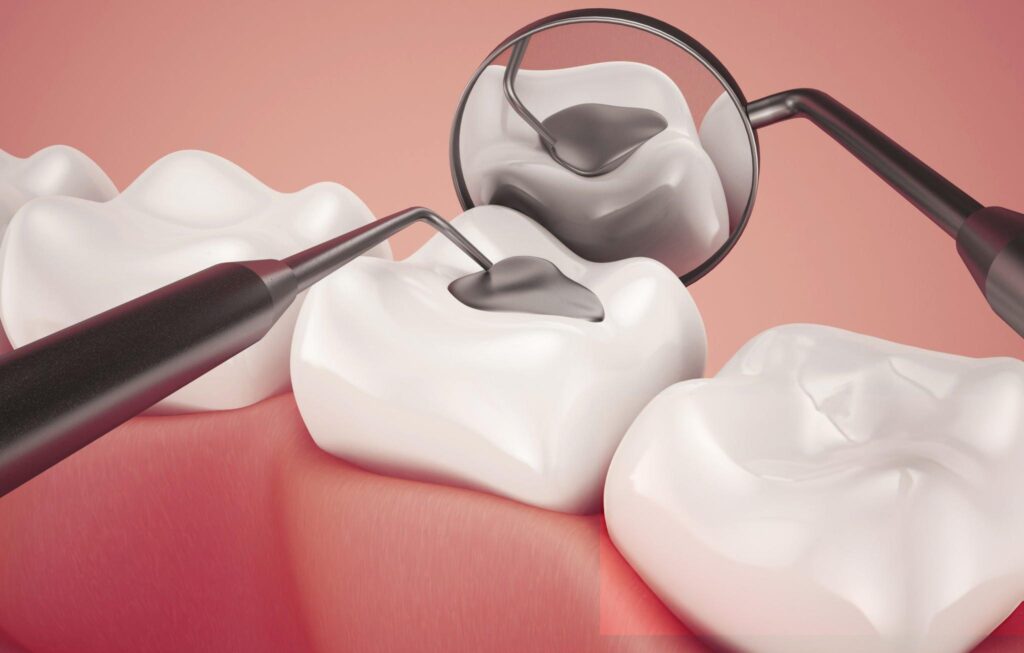
Dental fillings are crucial for restoring teeth damaged by decay back to their normal function and shape. However, no filling lasts forever. Over time, all fillings can suffer from wear and tear due to daily activities like chewing, which can lead to cracks, leaks, or even complete loss of the filling. The longevity of a filling may depend on the material used, the size and location of the filling, and your oral hygiene habits.
Factors such as regular brushing, flossing, and avoiding habits that may increase the risk of tooth cracks – like chewing ice or hard candy – can extend the lifespan of your fillings. When fillings fail, symptoms like sensitivity, throbbing, or sharp pain may occur. During regular dental checkups, your dentist can examine fillings for signs of wear and determine the need for replacement before complications arise.
What is the replacement schedule for composite fillings?
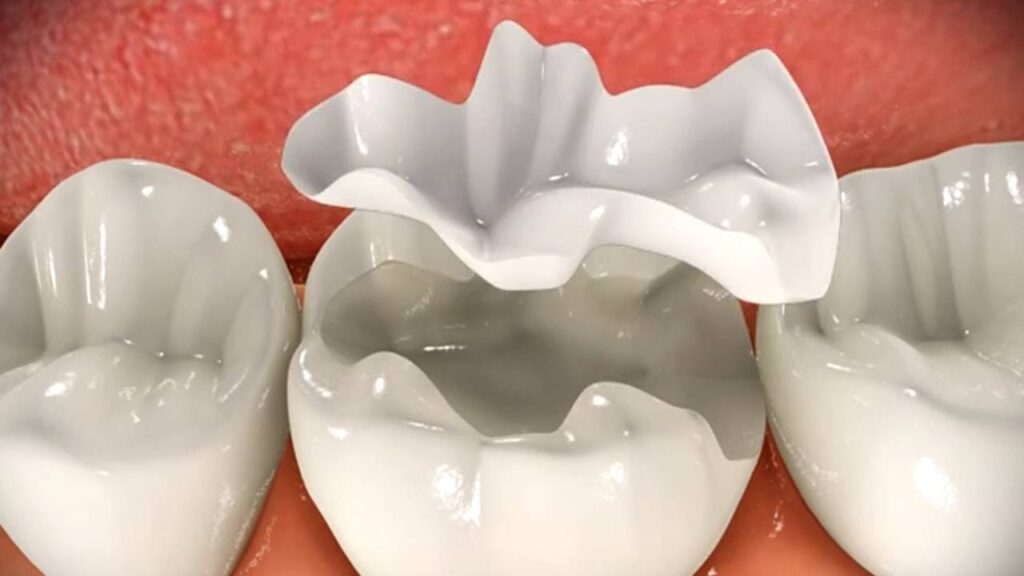
Composite fillings, made from a tooth-colored composite resin, offer the advantages of aesthetics and a less invasive procedure. On average, these fillings are expected to last 5-7 years, but with meticulous oral care, their lifespan can extend to 10 years or more. However, composite resin is not as durable as metal fillings, and regular dental checkups are critical to monitor their condition and decide when a replacement is necessary.
What is the replacement frequency for ceramic fillings?
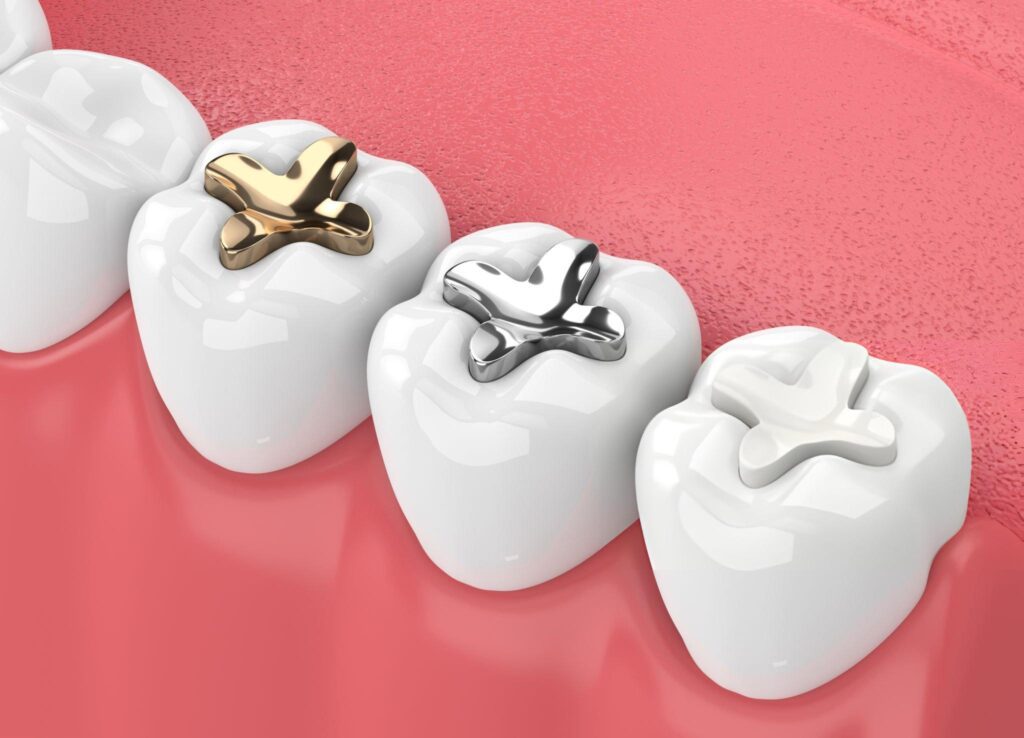
Ceramic fillings enjoy a longer lifespan compared to their composite counterparts, with an average durability of 10-15 years, thanks to the hardiness of the ceramic material. With proper maintenance, they can continue to blend seamlessly with the natural color of your teeth for even longer periods. Ceramic fillings are more resistant to wear, making them an excellent choice for patients looking for a blend of durability and aesthetics.
What is the frequency for replacing silver amalgam fillings?
Silver amalgam fillings, a blend of mercury with other metals like silver, copper, and tin, offer a proven track record of durability. They typically last about 10-15 years, but some have been known to perform well for much longer, depending on the care taken and the conditions in the mouth. Regular dental check-ups are essential to assess the condition of amalgam fillings and to plan any necessary replacements.
What is the frequency for replacing cast gold fillings?
Cast gold fillings are noteworthy for their impressive longevity, ranging from 20 to 30 years of effective service. The malleable yet stable nature of gold allows these fillings to conform snugly to the tooth’s structure, minimizing further decay and the risk of the filling falling out. While more expensive, the durability and strength of gold, capable of withstanding hard chewing forces, make it an attractive option for some patients. However, because they can cause a galvanic shock if placed next to silver amalgam fillings, their placement requires careful consideration.
What is the frequency for replacing glass ionomer fillings?
Glass ionomer fillings are valued for their ability to release fluoride, which can help protect the tooth from further decay. Nevertheless, they are somewhat less durable than other options, often needing replacement every 5-7 years. Best suited for fillings near the gum line or within areas not subjected to high chewing pressure, glass ionomer fillings are used in specific cases where their unique benefits outweigh their relative fragility.
The replacement frequently relies heavily on good dental hygiene habits, a low-sugar diet, avoiding sticky and hard foods, and regular dental checkups to help maintain healthy teeth and ensure the longevity of dental fillings.
What are some other factors that impact the longevity of a filling?
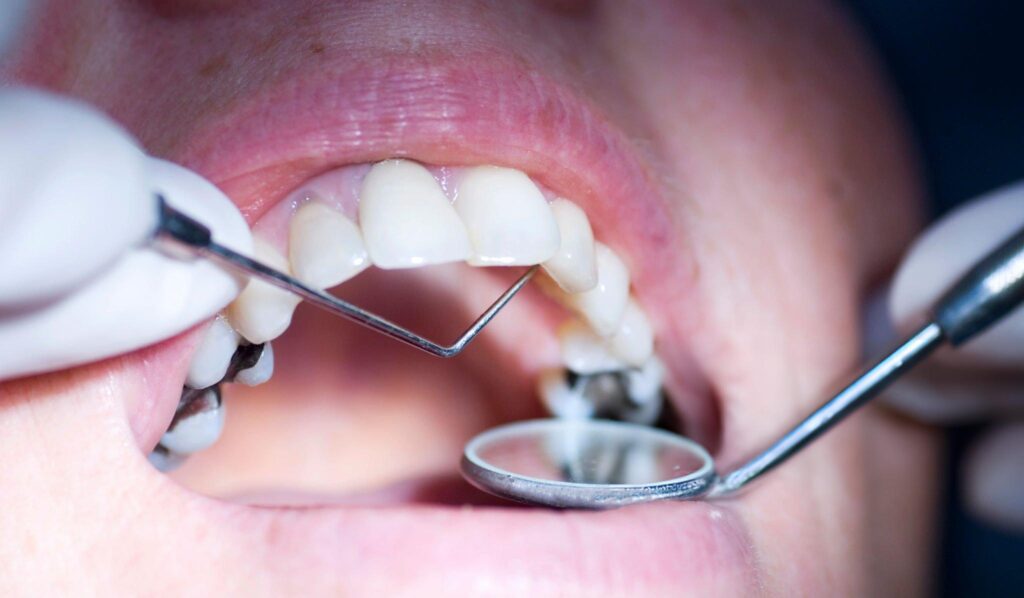
Dental fillings serve as a remedy for cavities, and their durability can be influenced by several lifestyle and health factors. Noteworthy among these are eating habits; an indulgence in tough, chewy, or hard foods can accelerate the wear on fillings, diminishing their longevity. Similarly, sugary and sticky foods may contribute to tooth decay around the filling, potentially shortening its functional life.
Oral hygiene is another influential aspect, where diligent brushing and flossing routines safeguard the integrity of fillings. Conversely, neglect in this area can lead to the premature deterioration of the filling. Further, unforeseen events such as accidents or sports-related injuries can inflict damage, requiring fillings to be replaced sooner than anticipated.
For those who grind their teeth—often during sleep—a nightguard is recommended to buffer the impact on fillings. Finally, the quality of dental care following the procedure, which includes regular dental checkups and a mindful eating regimen, is integral to the preservation of fillings. Steering clear from problematic foods and ensuring a devoted oral health practice are principal to prolonging the life of your dental fillings.
Maintain good dental hygiene to preserve your teeth and fillings

Keeping your fillings and teeth in great condition is crucial to maintaining overall dental health. Here’s how to ensure the longevity of your fillings without compromising oral hygiene:
- Brush Regularly: It’s essential to brush your teeth a minimum of twice daily using fluoride toothpaste. This routine helps to protect both your natural teeth and your dental fillings from potential decay.
- Floss Daily: Don’t underestimate the power of flossing. A daily flossing habit supports your oral health and helps to maintain the integrity of your fillings by removing plaque from areas that your toothbrush can’t reach.
- Limit Sugary Foods: Cutting back on sugary and sticky snacks is vital. These types of foods can lead to decay around your fillings, threatening their durability.
- Use Mouth Rinse: Incorporate the use of an alcohol-free mouth rinse into your oral care regimen. This step can aid in reducing harmful bacteria and preserving the condition of your fillings.
- Regular Dental Visits: Ensure you schedule dental checkups twice a year. Professional cleanings and examinations are key to sustaining not just the fillings but your overall oral health.
By adhering to these simple yet effective steps, you’re more likely to enjoy healthy teeth and long-lasting fillings.
Does diet impact the longevity of dental fillings?
Absolutely, your diet plays a pivotal role in determining the longevity of your dental fillings. It’s well-known that the consumption of sugary foods and beverages can be detrimental to both natural teeth and fillings, as they foster an environment that enables tooth decay, potentially compromising the integrity of your fillings.
Moreover, it’s wise to steer clear of biting down on hard objects like ice, which can exert undue stress on dental fillings, leading to cracks or dislodgement. Similarly, sticky and chewy foods are best avoided as they can tug at and weaken the structural stability of your fillings.
Maintaining proper oral hygiene is also pivotal in prolonging the lifespan of your fillings. Regular brushing, for at least two minutes twice a day, alongside daily flossing, constitutes an effective defense mechanism against decay and can extend the efficacy of your fillings.
Lastly, routine dental checkups are not just crucial for overall oral health but are the cornerstone of ensuring your fillings are inspected and maintained regularly. During these visits, dental professionals can identify and address any early signs of filling failure or decay.
By making smart dietary choices and adhering to a comprehensive dental care regimen, you can positively impact the longevity of your dental fillings.
FAQ
Can dental fillings last a lifetime?
While dental fillings are designed to be durable and long-lasting, they may not necessarily last a lifetime. The lifespan of a filling can vary depending on various factors, such as the type of filling material used, the location of the filling in the mouth, and how well it is cared for.
How many times can a tooth be filled?
The number of times a tooth can be filled depends on several factors. One factor is the location of the filling in the mouth. Fillings in areas that experience a lot of wear and tear, such as molars, may need to be replaced more frequently than fillings in less active areas.
Do fillings fail over time?
Over time, fillings can indeed fail due to a variety of reasons. One common reason for filling failure is recurrent decay, which occurs when bacteria seep into the gaps between the filling and the tooth, leading to further decay. Additionally, fillings can wear down or become loose over time, especially if they are subjected to constant pressure from chewing or grinding.
Can cavities come back after filling?
Proper care and maintenance are crucial in ensuring the longevity of dental fillings. One key aspect to consider is the type of filling material used. For example, silver fillings tend to be more durable than tooth-colored or porcelain fillings. However, advancements in dental technology have led to the development of ceramic resins and other composite materials that offer both durability and aesthetic appeal.
How to tell if a filling is bad?
Signs of a failing filling can vary, but some common indicators include sensitivity to hot or cold temperatures, pain when biting down, visible cracks or holes in the filling, and swelling or redness around the affected tooth. If you experience any of these symptoms, it’s essential to schedule an appointment with your dentist promptly.
How many fillings are normal at 30?
It is not uncommon for individuals to have a few fillings by the age of 30. Factors such as genetics, oral hygiene habits, and dietary choices can all play a role in determining the number of fillings one may have. While some people may only have a couple of fillings, others may require more extensive dental work.
How often do fillings need to be replaced?
When it comes to the longevity of dental fillings, it’s essential to understand that they are not designed to last a lifetime. The lifespan of a filling can vary based on several factors, including the type of filling material used, its location in the mouth, and how well it is cared for.
Is it worth replacing fillings?
When determining whether it is worth replacing a filling, it is essential to consider several factors. One key consideration is the condition of the existing filling. If a filling is showing signs of wear, decay, or damage, it may be prudent to have it replaced to prevent further issues down the line.




